The Hawaiian Shipping Company
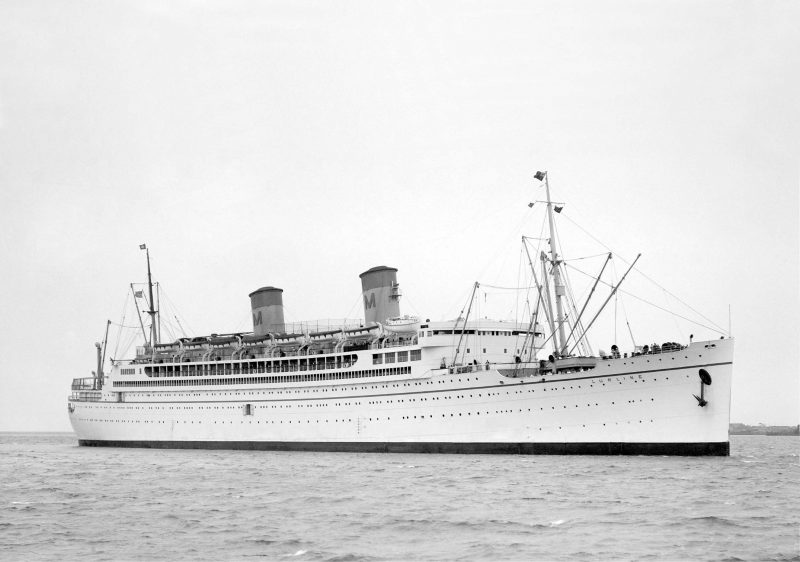
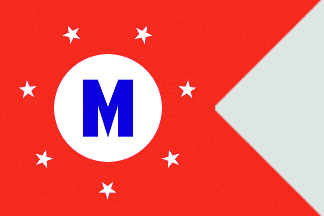
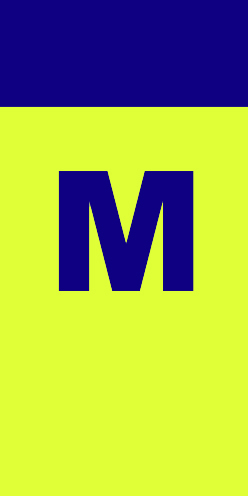
Matson Lines have been sailing from California to the Hawaiian islands for almost 130 years and are synonymous with this island group. They have been owned since 1964 by Alexander & Baldwin Inc., which have been based in the islands since 1870 growing sugar cane and coffee and marketing and distributing these two basic commodities. Today, Matson Lines provide container services from California to Honolulu, Guam, Micronesia and China, as well as Hawaiian inter island services.
The economy of the six main Hawaiian islands, also known as the Aloha islands, is based on fruit especially pineapples, sugar, molasses, coffee especially Kona and Kauai coffee, tourism and real estate.
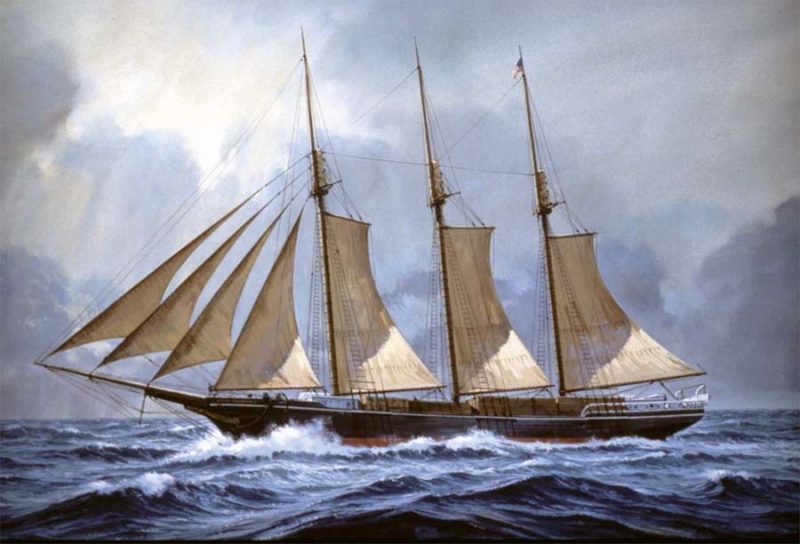
The transport of tourists and island products between Honolulu and California has long been the speciality of Matson Lines, which began in 1882 when Capt. William Matson sailed the small three masted schooner Emma Claudina of 196 tons from San Francisco to Hilo on Hawaii. He had been born in 1849 in Lysekil in Sweden and began a seafaring career at the age of 10 years. After arriving in San Francisco in 1867, he saw there was money to be made in the sugar trade from the Hawaiian islands. He purchased 4/16 shares in Emma Claudina, with his sugar plantation friend Claus Spreckles owning 5/16 shares. He replaced her with the larger wooden brigantine Lurline in 1887 on the same financial basis with Spreckels, from whom he rented office space in Market Street, San Francisco. He continued to use sailing ships such as the iron four masted barque Annie Johnson of 1,409 tons in 1895, rerigged her as a schooner in 1912, and fitted a Bolinders engine in 1916 to keep her sailing for another 10 years, when she was sold to a Papeete owner for further service, having already completed 54 years of service.
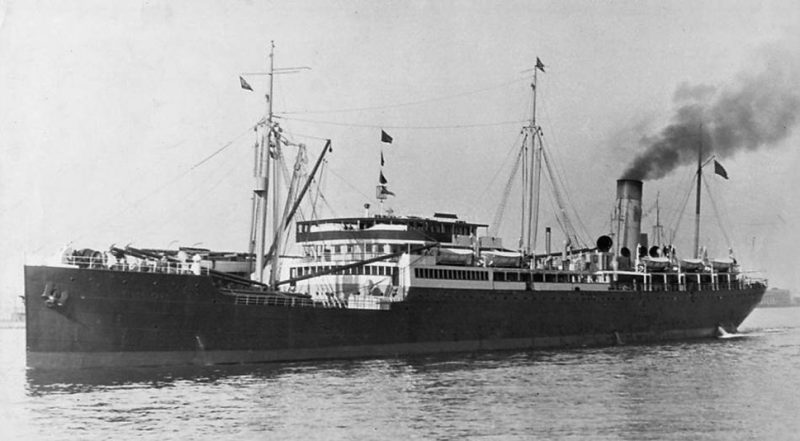
The barque Roderick Dhu of 1,534 grt was purchased in 1896 and was fitted with a cold storage machine and electric lights in 1900. Oil was needed to fuel the furnaces of the Hawaiian sugar plantations, and the four masted iron barque Falls of Clyde, built on the Clyde in 1878, was one of several sailing ships converted into oil barges to transport oil to Hawaii, and she is currently preserved at Honolulu as a museum ship. The others were Rosecrans, Santiago, Roderick Dhu, Marion Chilcott and Monterey, the latter purchased in 1904 and fitted with oil tanks a year later. The aptly named four masted steel barque Hawaiian Isles of 2,097 grt was purchased in 1907, and he traded her for three years before her sale to Alaska Packers.
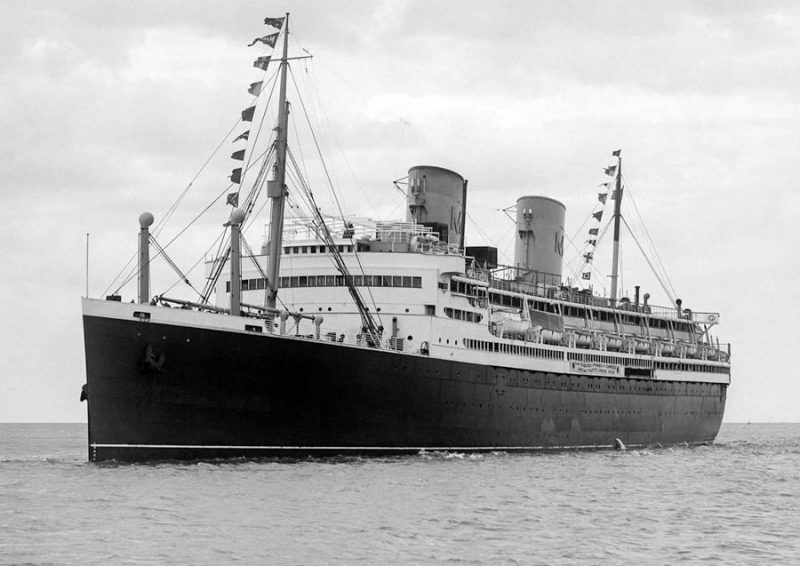
The Aloha islands were annexed by the United States of America in 1898, and became American territory in 1900. Capt. William Matson purchased his first steamer on 22nd July 1901 for the newly incorporated Matson Navigation Co. Inc. This was the former Hansa Line steamer Ehrenfels built in 1882 on the Tyne which he renamed Enterprise, after converting her to oil burning, and she traded until laid-up at Antioch in California in 1926, remaining laid up until sold for scrapping in Japan in April, 1937. The Matson Line passenger trade began in 1908 with the delivery of the new Lurline of 6,572 grt from the Newport News shipyard of the Bethlehem Steel Corporation. She had accommodation for 51 passengers on her route between San Francisco and Honolulu, and was followed by a series of four liners over the next nine years with their distinctive reddish brown hulls and engines aft configuration. These were Wilhelmina of 6,975 grt in 1909 with accommodation for 146 passengers, Matsonia of 9,402 grt in 1913 with accommodation for 242 passengers, Manoa of 6,806 grt in 1914 with accommodation for 85 passengers, all from the Newport News yard, and Maui of 9,801 grt from the Union Iron Works in San Francisco in 1917. Maui had accommodation for 240 passengers with a crew of 140 and a service speed of 16 knots from her four turbines. During World War I, Wilhelmina, Maui and Matsonia served with the American Navy, with two type 535 transports, Buckeye State and Hawkeye State, used by Matson during 1921/22 while awaiting their return from refit. Capt. William Matson had died in 1917 at the age of 67 years, with all except one of his renowned fleet of passenger and cargo ships requisitioned for war service.
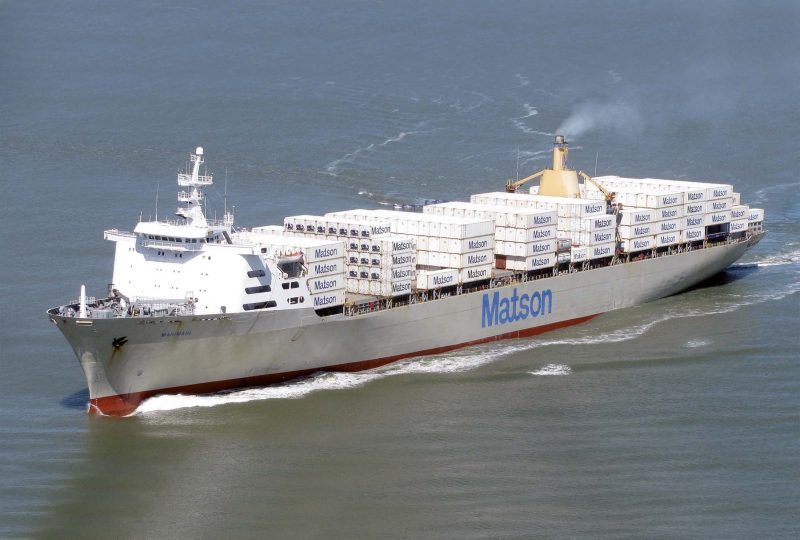
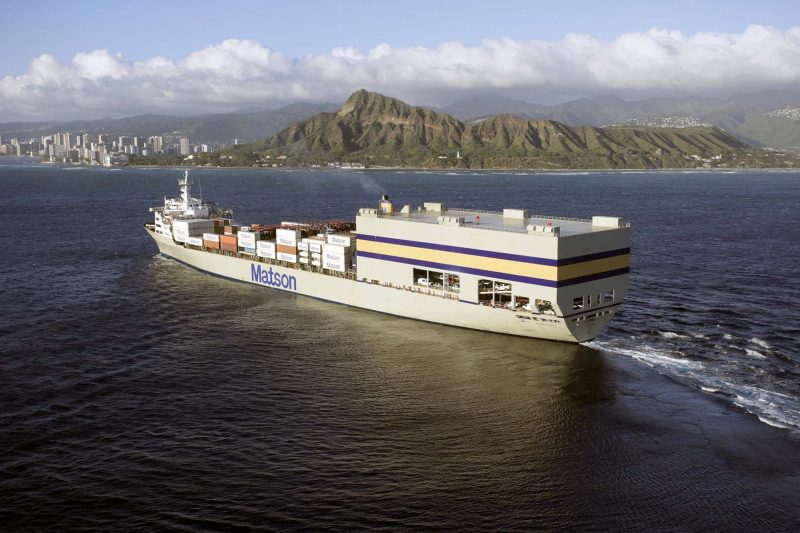
In 1921, two engines aft cargo ships for the sugar and tinned pineapple trade were delivered by the Moore Shipbuilding yard at Oakland as Manukai and Manulani of 9,550 grt. The Matson cargo fleet was equipped with refrigerated machinery in order to carry fruit, and had been renewed by 1925 by war standard ships e.g. the triple expansion steam powered Makiki, Maliko and Mauna Ala of 6,840 grt, and the turbine powered sisters Maunalei and Maunawili of 7,400 grt, which were launched on the same day. Makiki was later converted into a bulk sugar carrier, while the smaller Makaweli of 2,522 grt was converted into a molasses tanker. In 1926, the area of operation was extended to the South Pacific ports of Pago Pago in American Samoa and Suva in Fiji as well as those in Australasia by the purchase of the Oceanic Steamship Company from the Spreckels family, close business associates of Matson and owners of South Pacific sugar plantations. Three twin screw triple expansion powered liners fitted for oil fuel burning came with the deal in Sierra of 6,076 grt, Sonoma and Ventura of 6,280 grt, all completed between October and December 1900 by the Cramp yard at Philadelphia. In 1928, part ownership was taken in the new Oceanic & Oriental Navigation Company along with the rival American-Hawaiian Steamship Company, but this company was wound up in 1937.
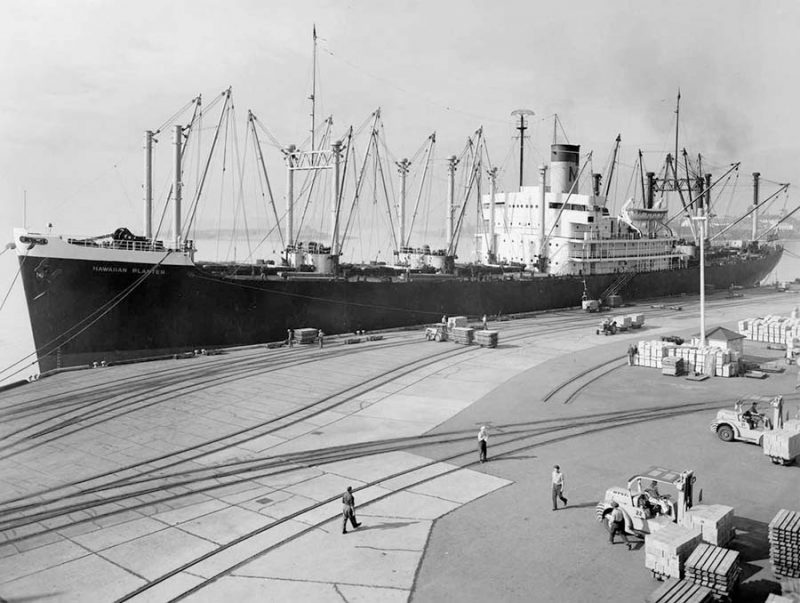
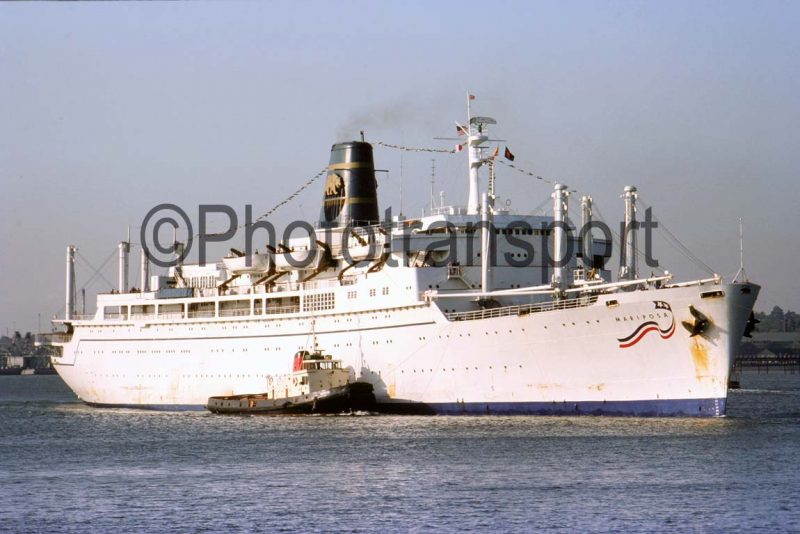
Matson Lines introduced the first of a quartet of classic and beautiful twin funnelled liners in June, 1927 designed by William Francis Gibbs and built by Cramp of Philadelphia. The turbine powered Malolo of 17,226 grt had a black hull with her twin yellow funnels having a black top and carrying a blue central ‘M’, the tops of her funnels were later repainted blue during the 1930s. She had superb public rooms and accommodation for 693 passengers all in one class and her name meant ‘Flying Fish’ in Hawaiian. She brought the Matson liner fleet up to nine ships and with a service speed of 24 knots her passage time from San Francisco to Honolulu was only four and one half days. She was followed by the sister liners Mariposa, Monterey (both of 18,017 grt) and Lurline (18,009 grt) in 1931/32 from the Bethlehem Steel Corporation yard at Quincy (Mass.). Mariposa and Monterey sailed to the beautiful South Sea islands and on to Auckland, Sydney, Melbourne and other ports in Australasia, while Malolo (renamed Matsonia in 1937) and Lurline sailed the main route to Honolulu. This famous and long lived quartet not only released the older and smaller Oceanic Steamship liners for scrapping in Japan in 1934, but also established Matson Line as the dominating line to Hawaii and the South Pacific.
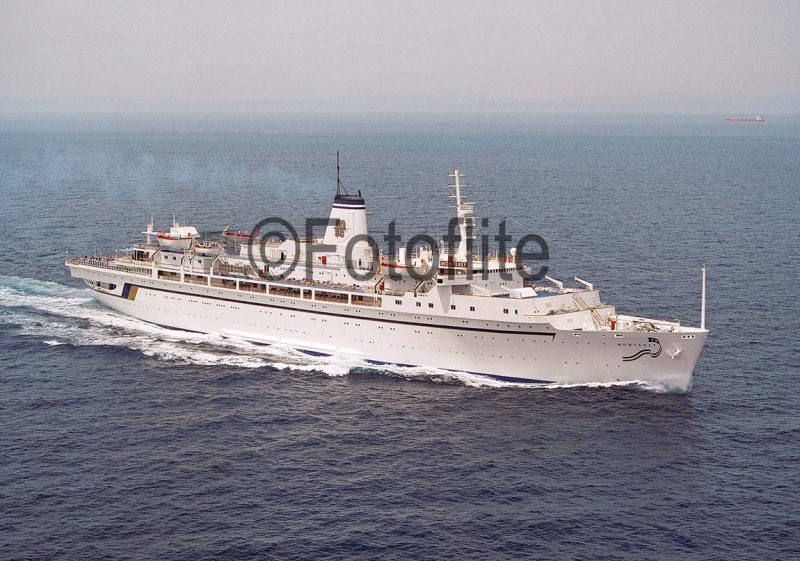
The rival Los Angeles Steamship Company had operated passenger services from Los Angeles to Hawaii, but was taken over by Matson in 1931, their principal liner was City of Los Angeles of 12,642 grt, the former North German Lloyd liner Grosser Kurfurst completed in 1899 and transferred to Matson in 1934. Their cargo ship Diamond Head, named after the famous pinnacle of 780 feet in height at the eastern end of Waikiki beach at Honolulu, was also transferred to Matson ownership. However, there are no ‘diamonds’ on Diamond Head, only worthless calcite crystals. The Matson Steamship Company Inc. was established on 18th December 1934 for a direct service between Hawaii and the U.S. Gulf port of New Orleans and U.S. Atlantic seaboard ports in conjunction with the Isthmian Steamship Company Inc., with Matson assigning eight ships to the service.
The Matson Line fleet in the 1930s had four superb new liners, and this decade was decidedly the halcyon days for the famous fleet that served Hawaii, and with more than twenty cargo ships added to give a big fleet of fifty liners and cargo ships by 7th December 1941 and the surprise attack by the Japanese on Pearl Harbour in Honolulu.

The Matson liner quartet sailed off for war duty, painted drab grey, and their luxurious cabins and public rooms were ripped out to provide space for the maximum number of troops, and they served as troopships throughout the war in the Pacific and Atlantic. Lurline trooped across the South Pacific to Guadalcanal and other war zones as well as Australia, and after the war crossed the Atlantic twice to Gibraltar and the Far East. The four liners completed 119 wartime trooping voyages, sailing around 1.5 million miles and carrying a total of 736,000 troops, a magnificent record. The Matson cargo ship fleet suffered grievous losses of 15 owned and managed ships during the war:-
- 10.12.1941 Mauna Ala – Wrecked as she attempted to enter the Columbia river to Portland (Oregon), all navigation beacons and lighthouses having been switched off.
- 11.12.1941 Lahaina – Shelled and sunk by a Japanese submarine o.v. Honolulu to the South Pacific with molasses and scrap iron, 4 lost.
- 17.12.1941 Manini – Torpedoed/sunk 180 miles S of Hawaii by a Japanese submarine o.v. Honolulu to New Zealand, 2 lost.
- 1.1.1942 Malama – Bombed by a Japanese seaplane, the survivors were taken onboard the Japanese raiders Aikoku Maru and Hokoku Maru and interned at Shanghai. She was on a voyage from Honolulu to Wellington.
- 19.2.1942 Mauna Loa – Bombed/sunk by Japanese bombers in Darwin harbour.
- 22.2.1942 Lihue – Torpedoed/sunk in the Caribbean by a German U-boat, sinking as she slowly tried to make Castries on St. Lucia. She was on a voyage from New York to Trinidad and Suez.
- 15.6.1942 Kahuku – Torpedoed/sunk in the Caribbean by a German U-boat o.v. New York and Hampton Roads to Cape Town, Basrah and Bandar Shapur with cranes, tractors and construction equipment. 9 lost with another 9 lost from rescued seamen from sunken ships.
- 5.7.1942 Honomu – Torpedoed/sunk after Arctic convoy PQ17 was ordered to scatter o.v. Philadelphia and Reykjavik for Murmansk with military stores, all saved.
- 7.7.1942 Olopana – Torpedoed/sunk by German aircraft after Arctic convoy PQ17 was ordered to scatter o.v. Philadelphia and Reykjavik to Archangel with military stores, 6 lost.
- 8.8.1942 Kaimoku – Torpedoed/sunk by German U-boat in the North Atlantic o.v. Baltimore and Sydney (NS) for Immingham with steel and munitions, 4 lost.
- 14.1.1943 Mapele – Wrecked on Cape Divine, Alaska while sailing through the Korovin Strait with military supplies, 2 lost.
In addition, the managed ‘Liberty’ ships Elihu B. Washburne, John A. Rawlins, Marcus Whitman and Henry Knox were also lost.
The Hawaiian islands were the only part of the U.S.A. to be badly damaged during the war, and many of the men of the islands fought and died in the brutal campaigns to take back the Pacific islands from the Japanese, starting in the Solomons and ending at Okinawa. Consequently, there were changes on the islands after the war, beginning with the transport of six thousand Filipino labourers to work in the Hawaiian sugar plantations during the first half of 1946. This provoked an effective strike of 79 days in the sugar plantations that won a victory for significantly higher wages from the plantation owners in September 1946. However, over the course of the next sixty years, the island sugar industry became less competitive with third world countries. Today, there are only two big sugar plantations left, with the sugar converted into molasses and carried in deep tanks on modern Matson Line container ships.
The high cost of post-war American labour in general, and for shipyard conversion work in particular, meant that only one of the beautiful pre-war Matson liner quartet was fully restored. This was Lurline, which re-entered passenger service with a white hull in April, 1948 and then worked the Honolulu passenger trade single handedly from 1948 to 1957. The hastily repainted but unconverted Matsonia (ex Malolo) had restarted the Honolulu service in May 1946 with basic accommodation, but was withdrawn when Lurline re-entered service and laid-up until sold to Home Lines and renamed Atlantic. Mariposa and Monterey were laid-up in 1946 when they returned from war duty, with Mariposa also sold to Home Lines in 1953 and renamed Homeric, and Monterey finally emerged from lay-up at the end of 1956 to be towed from San Francisco to Newport News for conversion back to a luxury liner, and she partnered Lurline as Matsonia between 1957 and 1963. Lurline was sold to Chandris of Greece in 1963 after engine trouble and renamed Ellinis, and Matsonia (ex Monterey) was renamed Lurline in 1963 after the departure of her sister and continued on the Hawaiian route until also sold in 1971 to Chandris and renamed Britanis.
The Matson Line South Pacific and Australasia service was restarted in the Autumn of 1946 by the chartered ‘C4’ type troopship Marine Phoenix with austere accommodation for 530 passengers. After her two year charter expired, she was laid up in Suisan Bay near San Francisco, and the monthly South Pacific cargo/passenger service was continued with four ‘C2’ types with accommodation for 12 passengers. In 1956 two new liners were introduced from converted ‘Mariner’ class fast cargo ships with a service speed of 20 knots. The conversions cost $60 million, and Mariposa and Monterey were given luxury accommodation for 365 passengers. They sailed on long 42 day voyages from San Francisco and Los Angeles to Papeete, Rarotonga, Auckland, Sydney, and Suva and Pago Pago on the return leg, and later went cruising in the 1960s.
Fifteen wartime ‘C3’ types, four ‘C2’ types, three ‘Liberties’, and three ‘Victories’ were purchased during the late 1940s and 1950s, most receiving ‘Hawaiian’ prefixes to their names e.g. Hawaiian Banker, although the Oceanic Steamship names of Alameda, Sierra, Sonoma and Ventura were also reused for the ‘C2’s. All Matson cargo ships had black hulls, and Hawaiian Merchant was the first company ship to be converted to carry 75 containers of a non standard length of 24 feet on deck in 1958, followed by five of her sisters. Hawaiian Citizen was then converted into a full container ship with capacity for 436 containers and entered service in April 1960. One of these ‘C3’ types were later converted into the car carrier Hawaiian Motorist, and a converted ‘Victory’ ship became a container ship in 1963 with space also for 452 cars and was renamed Hawaiian Legislator. The ‘C3’ types Hawaiian Planter and Hawaiian Craftsman were converted in 1967 at Shimonoseki in Japan into the cellular container ships Pacific Trader and Pacific Banker for a new service to the Far East, but they were sold in 1970 and the new service ended.
In 1964, 94% of Matson Lines shares were acquired by Alexander & Baldwin Inc., which had held a minority stake since 1908 and then increased the shareholding to 100% in 1969. Samuel T. Alexander and Henry P. Baldwin were sons of missionaries living on Hawaii and purchased their first sugar plantation in 1869.
They purchased extensive land on the island of Maui for sugar cane and pineapple plantations, as well as cattle ranches connected by their own railroads, and their company was incorporated on 30th June 1900. They were one of the big five agriculture businesses that provided most of the cargoes for Matson ships, the others being C. Brewer & Company, Theo H. Davies & Company, Castle & Cooke Inc., and American Factors (Amfac).
Another Hawaiian entrepreneur that made his fortune in pineapples, which were exported in Matson ships, was James Drummond Dole, who arrived on Oahu in 1851 to grow pineapples in the Manoa valley, with his pineapple cannery soon in operation for his Hawaiian Pineapple Company. This business later grew into the huge Dole Corporation fruit empire with worldwide fruit plantations, the largest fresh fruit business in the world today. Hawaiian raw sugar was usually consigned for and transported by Matson to the Crockett (Cal.) sugar refinery near San Francisco, owned by the Californian & Hawaiian Sugar Company Inc., which by 1979 had become the largest sugar refinery in the world with a capacity of one million tonnes of raw sugar per year. The Californian & Hawaiian Sugar Company Inc. sold all of its assets in 1993 to Alexander & Baldwin Inc.
Also in 1964, Matson acquired two wartime ‘C4’ transports, Marine Devil and Marine Dragon, for conversion into container ships. They were sent to the Mobile yard of Alabama Drydock Company to be lengthened by 110 feet, additions to shell plating by extending upwards one deck in height, and various internal stowage and handling options for carrying containers, bulk sugar, cars as well as molasses and other liquid cargoes. Westbound, this pair carried 650 containers and 192 cars, while eastbound they carried 537 containers and 12,800 tons of sugar or 790 containers and 3,800 tonnes of molasses. Marine Devil was renamed Hawaiian Queen, and Marine Dragon was renamed Hawaiian Monarch, and served with the Hawaiian names of Maunalei (2) and Maunawili (2) from 1978 until laid-up at Portland, Oregon in 1982, and were scrapped four years later.
The new barge Islander arrived in the Hawaiian archipelago in November 1963 from the Beaumont (Texas) yard of Bethlehem Steel Corporation, and was fitted with a 25 tonne gantry crane for container handling. She remained in inter island service until the feeder container ship Hawaiian Princess of 3,934 grt arrived in March 1967 from the same yard of Bethlehem Steel Corporation, and could carry 200 containers and 1,700 tons of molasses into Honolulu. She had her navigating bridge over her bow, with a container gantry aft, and she was renamed Mauna Kea in 1979 and sold in 1987 for rebuilding as a fish factory ship. The barge Islander was used from 1967 in the Far East and later between Honolulu and the Marshall Islands.
In 1970, Matson Lines decided to concentrate wholly on cargo operations, with their liner Lurline sold to Chandris of Greece to terminate the Honolulu passenger service, and Monterey and Mariposa sold to Pacific Far East Line to end the South Pacific and Australasian passenger service. This pair retained their names, with a golden bear added to adorn their green and gold funnels on their long voyages across the Pacific. However these voyages came to an end in 1978 with the withdrawal of their American Government subsidies, and there was much sadness when they sailed away from Honolulu for the last time. Mariposa was sold to the Chinese Government and renamed Jin Jiang and broken up in 1996, while Monterey continued cruising, latterly for Mediterranean Shipping Company (MSC) and retained her name until broken up in 2006 at Alang in India.
The cargo ship fleet in the early 1970s included the bulk sugar carrier Kopaa of 31,236 dwt, a converted ‘T2’ tanker, and the bulk sugar/molasses/container ships Californian and Hawaiian of 20,500 dwt and converted from wartime ‘C4’ ships. There was also eight container ships with ‘Hawaiian’ prefixes to their names, including the new engines aft pair of Hawaiian Enterprise and Hawaiian Progress, completed in 1970, with a capacity for 1,165 TEU of containers and 5,000 tons of molasses. The converted Hawaiian Citizen, Hawaiian Motorist, Hawaiian Legislator, Hawaiian Monarch and Hawaiian Queen also carried either molasses or cars in addition to containers, and the feeder container ship Hawaiian Princess was employed on inter island service. Three wartime converted tankers were leased by Matson between 1974 and 1979 as the container ships Transchamplain, Transoneida and Transontario.
The new ro-ros Lurline (5) and Matsonia (4) were completed by the Sun Shipbuilding & Drydock Company at Chester (Penn.) in 1973 and leased to Matson Lines from the United California Bank. They could carry large amounts of wheeled traffic and 654 TEU of containers plus 46,200 cubic feet of molasses in deep tanks. The 25 knot ro-ro service continued with both ships having been lengthened in the 1980s to carry much more wheeled cargo and containers. They were joined in 1989 by a similar pair of turbine powered ro-ros in Kaimoku and Kainalu, which had previously sailed for Pacific Far East Line as Atlantic Bear and Gulf Bear respectively.
Lurline (5) and Matsonia (4) continue to operate the California to Honolulu ro-ro service today, Matsonia having a large vehicle garage for 422 cars built onto her stern for the import of cars into the Hawaiian islands. The new container ships Kauai and Maui were completed during 1978/80 by the same yard at Chester (Penn.), with their twin steam turbines giving service speeds of 20 knots, and they were later converted into open hatch ships, increasing their capacity to 1,626 TEU of containers.
All Matson Lines ships carried native Hawaiian names from around this time, with Hawaiian Enterprise renamed Manukai and Hawaiian Progress renamed Manulani. The converted ‘C3’ type Hawaiian Citizen was the last ship in the fleet with a ‘Hawaiian’ prefix to her name when she was towed from San Francisco on 6th December 1981 bound for Kaohsiung for scrapping.
In 1985, Matson Lines introduced two container carrying barges, with a third in 1991, for its ‘Neighbor Island’ service into Honolulu on Oahu island. Oahu is pre-eminent among the Hawaiian islands, the other islands are known as ‘Neighbor Islands’. The pusher tug Moku Pahu shuttles them around, and was built with an articulated twin hull at Mobile (Alabama) for the inter island trade, which also delivers new cars and other cargo to the ‘Neighbor Islands’, returning with molasses and containers.
The motor container ship R. J. Pfeiffer was delivered in 1992, named after the CEO of Alexander & Baldwin Inc., from the National Steel & Shipbuilding Company (NASSCO) shipyard at San Diego with a capacity for 1,970 TEU of containers. Matson Leasing Inc., a container leasing company, which had been built up into the seventh largest container leaser in the world, was sold for $362 million in 1994
A ten year container shipment agreement with American President Lines (APL) began in February 1996 to allow both great American companies to enhance their respective spheres of operation i.e. Matson in Guam and Micronesia and APL in China and the Far East. Six APL container ships joined Matson Lines in Chief Gadao, Ewa, Lihue, Mahimahi, Manoa and Mokihana, the former President Grant, President Tyler, President Hoover, President Washington, President Lincoln and President Monroe respectively. Chief Gadao, Ewa and Lihue were built as ‘LASH’ ships by Avondale Shipyards in 1971/72 and later converted to container ships. Matson Lines paid $164 million for some APL owned assets in Guam, and a faster westbound direct service from California to Hawaii and Guam began in early 1998 for five of the sextet, and an eastbound service from the Far East for APL. The Matson Lines fleet in 1998 stood at 16 container and ro-ro vessels, and three Hawaiian inter island barges. A new feeder shipping service had begun recently between Vancouver, Seattle and Los Angeles.
In September 1998 Matson Lines began a joint ro-ro service between Florida and Puerto Rico, and by the Millennium, Matson provided 80% of the turnover of parent Alexander & Baldwin Inc., and had a new container terminal under construction at Sand Island in Honolulu. A quartet of new motor container ships joined the Matson Lines fleet during 2003/06 from the Kvaerner Philadelphia Inc. yard, which was taken over by Aker Shipyards in 2006. These were Manukai, Manulani, Maunalei and Maunawili of 2,831 TEU capacity including 300 refrigerated containers. They are impressive grey hulled container ships built to a European design and with an exhaust pipe instead of a funnel. The quartet and R.J. Pfeiffer operate on the Matson Lines service from Los Angeles to Hawaii, Guam, Saipan (near Guam), and return on the CLX (China-Long Beach Express) container service from Ningpo, Shanghai and Xiamen in the south of China. The former APL container ship Mokihana was converted into a ro-ro/container ship in 2008, with a large vehicle garage added onto her stern of the height of her funnel. She now has capacity for 3,027 TEU of containers including 300 refrigerated plus 1,350 cars and operates to Honolulu at a service speed of 23.5 knots powered by her 12 cylinder Sulzer diesel engine.

Matson Lines continue to sail to the sunshine Aloha islands today, and the Honolulu facilities of Matson Terminals Inc. include a 108 acre container terminal on Sand Island equipped with three gantry cranes, a dedicated ro-ro terminal in Honolulu harbour, as well as stevedoring for inter island services to Hilo on Hawaii, and to Maui and Kauai islands.
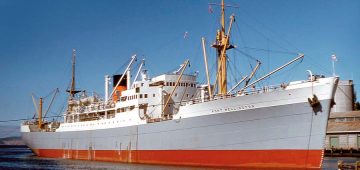
Comments
Sorry, comments are closed for this item